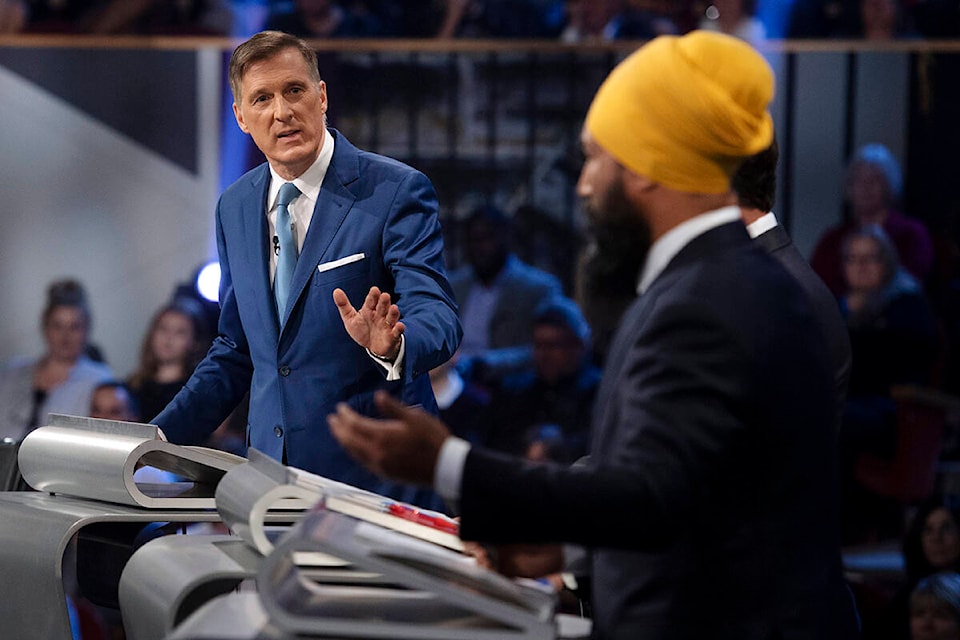As the Sept. 20 federal election approaches, I’m wondering if some of the strategists within Canada’s political parties need to learn how to count.
My question comes as I’m seeing negative campaigns, with parties and leaders telling me who not to support rather than which party or platform is the best choice for Canada.
Some of the messaging has focused on why one choice would be unwise. Even if voters agree with such a message, there are still multiple options available. In Canada, rejecting one party does not ensure another will be elected instead.
Negative campaigning is a strategy best suited for a two-party system, not for a multi-party system. This strategy – attempting to gain supporters by showing the ostensibly negative aspects of another party – doesn’t make much sense in a country where we have had a multi-party system for most of our history. We don’t choose the lesser of two evils in our elections.
READ ALSO:
READ ALSO:
Negative campaigning would make sense if we were in a two-party system, such as that seen in the United States. There, voters typically choose between the Republican and Democrat candidates and platforms. Other choices appear on the ballot, but candidates from any other parties have not been elected since at least the mid-19th century.
Canadian politics offers more options. Our first federal election, back in 1867, offered three choices for voters. Those parties were the Conservatives, the Liberals and the Anti-Confederation Party. That last party, which received its support primarily in Nova Scotia, didn’t just have a negative platform, campaigning against the concept of Canada – it also had a negative name.
Today, the Anti-Confederation Party is gone, but we have the New Democratic Party, the Green Party, the Bloc Quebecois and the People’s Party of Canada, in addition to the Conservatives and the Liberals. These are parties that have been represented in the House of Commons.
Since 1993, Canadians have elected representatives of at least four and sometimes five parties to the House of Commons in each election. These choices do not include the fringe parties which field candidates but are unable to get the support needed to put elected members into Parliament.
This summer, when Parliament was dissolved for the Sept. 20, 2021 election, there were five federal parties represented in the House of Commons, along with five independent Members of Parliament and one vacant seat. Four of the parties represented – the Conservatives, the Bloc Quebecois, the Liberals and the New Democratic Party – have filled roles as the governing party or the official opposition within the past 30 years. (The Green Party has seen candidates elected, but remains a small player in Canadian federal politics.)
Put simply, Canadian voters are not stuck with two choices. And while we have yet to see a governing party other than the Liberals or the Conservatives, our multi-party structure allows for some diverse mixes at the federal level. Following the 1993 election, the separatist Bloc Quebecois served as the official opposition And at times, the left-leaning New Democratic Party has held the balance of power in minority governments. Such things keep our politics lively.
Whatever one thinks of the various choices in the upcoming federal election, we have multiple options available to us.
Some will prefer one over others, and voters will not agree on which candidate or party represents the best choice. That’s how the democratic process functions.
However, with a variety of choices on the ballots, the decision to be made is which choice is the best, not which is the least bad.
John Arendt is the editor of the Summerland Review.
To report a typo, email:
news@summerlandreview.com.
news@summerlandreview.com
Like us on and follow us on .



